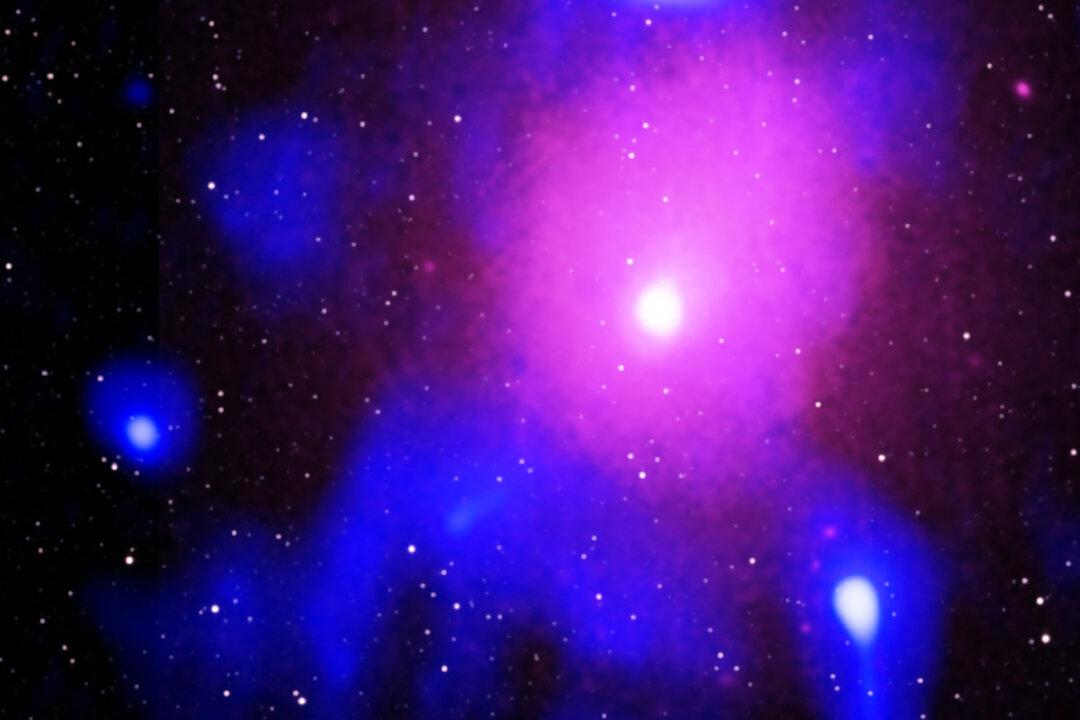A record-breaking explosion created by a black hole 390 million light-years away has been discovered by astronomers.
“In some ways, this blast is similar to how the eruption of Mt. St. Helens in 1980 ripped off the top of the mountain,” said Simona Giacintucci, lead study author at the Naval Research Laboratory in Washington, D.C.




